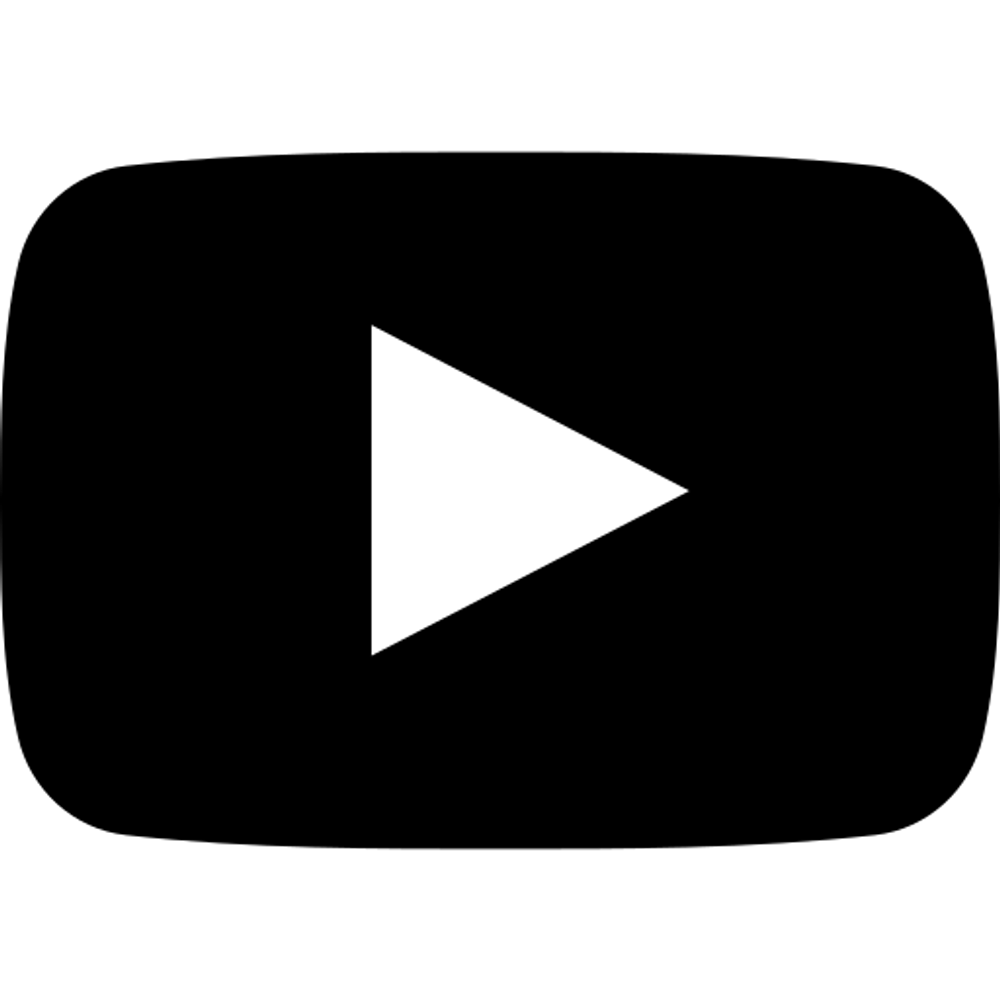Combating horizontal fraud
by Ministry of Justice and Security & OM

Combating horizontal fraud
by Ministry of Justice and Security & OM
The Netherlands’ online environment has become a comfortable setting for various types of cybercrime due to its high quality and dense access to the internet, predominant online trading, as well as a growing target group of more vulnerable users with different levels of cultural and tech literacy
Let's combat fraud!

Combating horizontal fraud
by Ministry of Justice and Security & OM
Dive deeper
Problem statement
The Netherlands’ online environment has become a comfortable setting for various types of cybercrime due to its high quality and dense access to the internet, predominant online trading, as well as a growing target group of more vulnerable users with different levels of cultural and tech literacy (elderly, students, expats, refugees, etc.)
A report by the Rathenau Instituut has looked into the problem of ‘What is the nature and scale of harmful and immoral behaviour online in the Netherlands, what are the underlying mechanisms and causes, and what options for action are available to the ministry, and the government as a whole, for limiting harmful and immoral behaviour online?’
This study is the first to map all aspects of harmful and immoral online behaviour in the Netherlands. The Rathenau Instituut developed a taxonomy of six categories of harmful and immoral conduct online, listing 22 different phenomena that all internet users in the Netherlands may encounter sooner or later (see Figure 1).

Certain mechanisms and properties of the online environment are conducive to generating harmful human behaviour. These online mechanisms may cause people to deal with values and rules differently online than offline. Besides the mechanisms of the internet, many other factors influence human behaviour, such as social, psychological, cultural and economic factors. All these factors play a role in the development of harmful and immoral behaviour online. This report focuses on the mechanisms that characterise the internet.

The most important observation of the report is that many of the current initiatives are reactive in nature. They are mainly aimed at combating the symptoms of harmful and immoral behaviour, not at the underlying mechanisms. This overview of online mechanisms can help governments and other stakeholders to be more proactive.
An additional level of complexity comes from the legal issue in the Netherlands that companies are prohibited to share information cross sectorally in order to combat fraud. This has resulted in a counterproductive attempt to counter fraud and gives fraudsters the opportunity to ‘shop’ (cross sectoral). Solutions within certain branches pose no threat to agile criminals that use many different ways to make money. While doing so fraudsters use money mules (or facilitators, false identities etc.) without being detected or punished. This challenge turns things around, by no longer focusing on blacklisting. The Ministry of Justice and Security, together with the Public Prosecutor, wants to support an innovative solution that allows for cross-verification of trustworthy users.
Challenge
How can we help online users, living and operating within The Netherlands, to be better equipped and protected from citizen to citizen fraud by using an embedded technical solution when performing transactions instead of blindly trusting the ecosystem and falling for fraud?
Sub-questions
- How can we ensure safe online transactions (monetary or ID information)?
- What indicators of fraud do we know, and which new indicators can you think of?
- How to provide ID verification for online citizen to citizen purchases?
- How can we help online users to be more knowledgeable about online fraud and detect it beforehand?
- What factors should be taken into consideration when deciding which transfers should be allowed/suspended?
- Can we make use of whitelisting, protocols, 2-factor authentication, big data tooling or other approaches?
[Optional] There is a possibility to choose a more narrow direction for the challenge. In this case you can focus on one of these directions:
- How can we help foreign students to find and secure accommodation remotely by providing a review or notification when dealing with a trustworthy offer instead of them scanning facebook groups for warning posts?
- How can we help elderly internet users to safely perform monetary or ID transactions by signaling out the trusted/verified offers when they have to share their identity online instead of experiencing shame and not having a chance to resolve this issue with police?
This challenge involves individuals that make online deals with other individuals (citizen to citizen fraud level). It is focused on preventing fraud, not using blacklisting. The stakeholders for this challenge are banks, credit card companies, insurance companies, local governments, VNO, NCW, etc.

Read the article here
Criteria:
- The solution should not be focused on blacklisting
- The solution should not be based on legal support
- The solution should not repeat already existing identification tools such as iDin or other digital service providers (example: DigiD)
- Preferred target is the citizen to citizen (horizontal) fraud
- The solution should be proactive with a preventative aspect (not reactive). Ideally it should be technically embedded, instead of just providing a warning or advice to the vulnerable user
- The solution should be agile (very quickly adapting to counteract the evolving approaches of malicious intent)
- The solution should focus on safe money transfers and preventing the use of fake/stolen ID
- The solution should protect vital information of individuals and/or companies
- It should be widely and easily available to use (without the need of installation) or at least have the potential for scalability later on
The main objective of the challenge is to create a concept framework for such a tool rather than visualizing from data sets. The Internet is a rich source of open data that the governmental institutions don’t have the capacity and time to analyze in depth. There are services online that assist users after they have been defrauded, such as Fraudehelpdesk. This is not the desired case for this challenge, however, it should focus on prevention of fraud rather than assistance after defrauding has occurred.
Sources for open data
- Fraudehelpdesk > shows current types of frauds and explore other solutions that are available
- Governmental agencies
- Ministry of Justice & Security
- Kifid (financial complaints authority)
- Bellingcat
- Banks (ING, Rabobank)
- Online retail stores (bol.com, marktplaats)
Other challenges
Updates from the Hackathon for Good world

DeepFake Alert
by Find Out Why
The technology that is used to create Deep Fakes and Synthetic Media is the same. However, the problem is that DeepFakes are deployed to cause harm.

Food Waste
by Invisible Foods
Today we produce enough food to feed 10 billion people. However, the population is only 7,5 billion. At the same time, in some parts of the world...

Water & Circular Greenhouse Economy
by Greenport West-Holland
How can we encourage (greenhouse) growers to get insights and be involved in the relation between their production and their local environment's...






